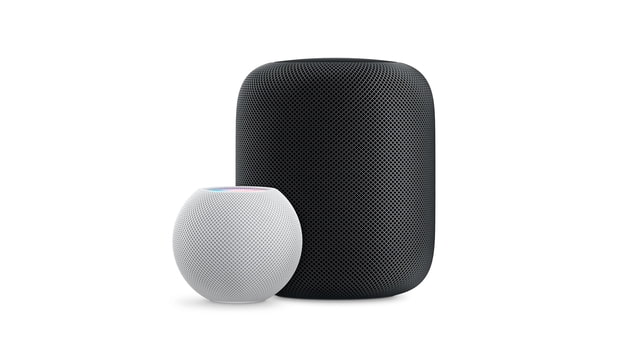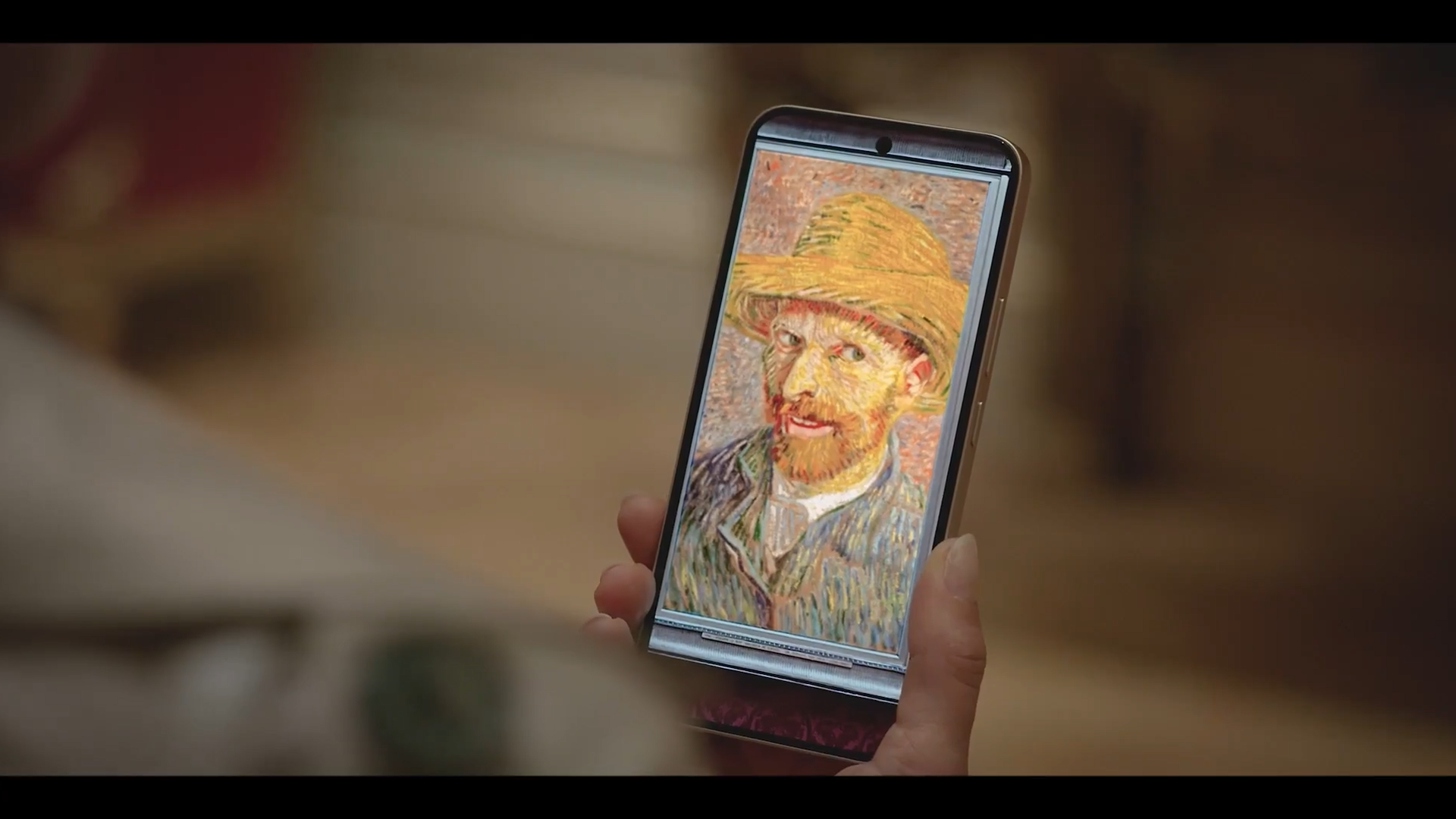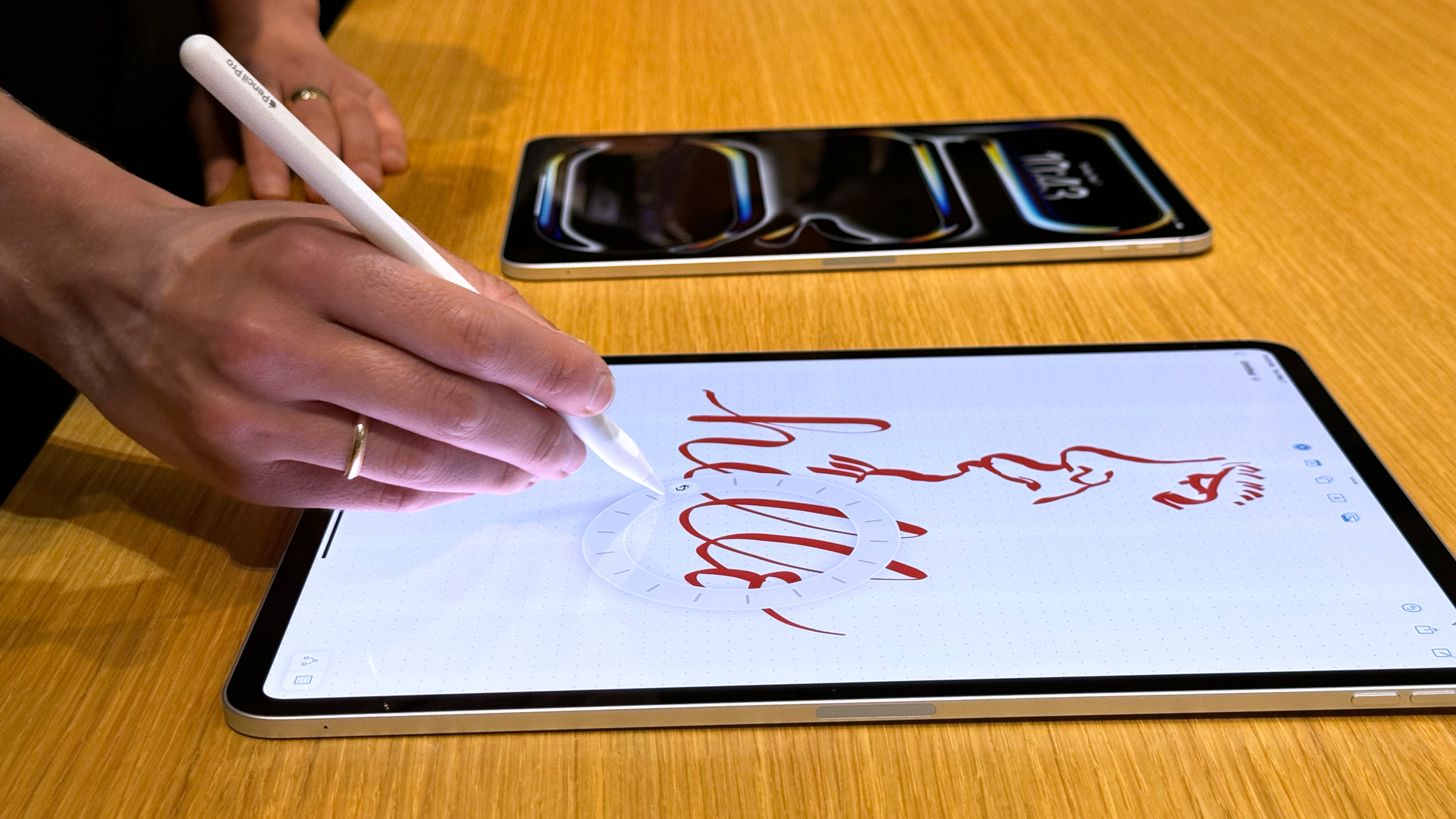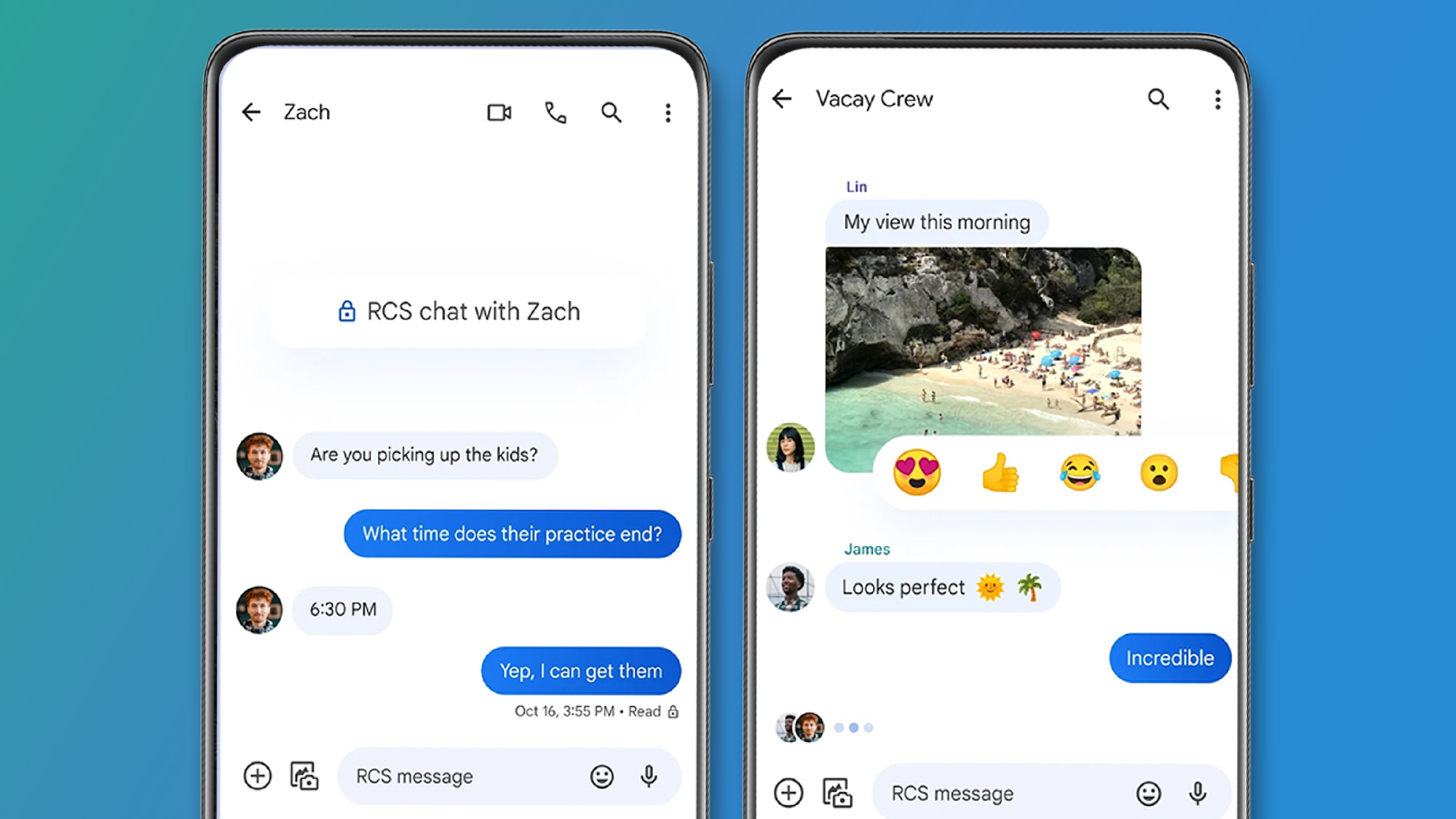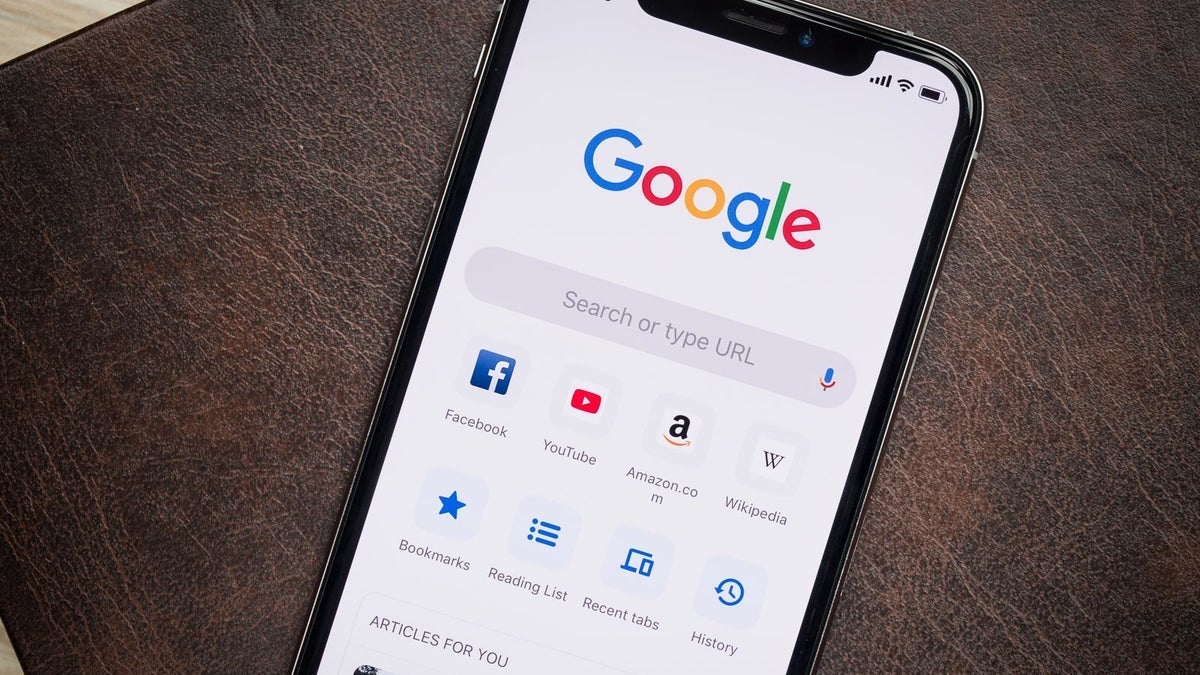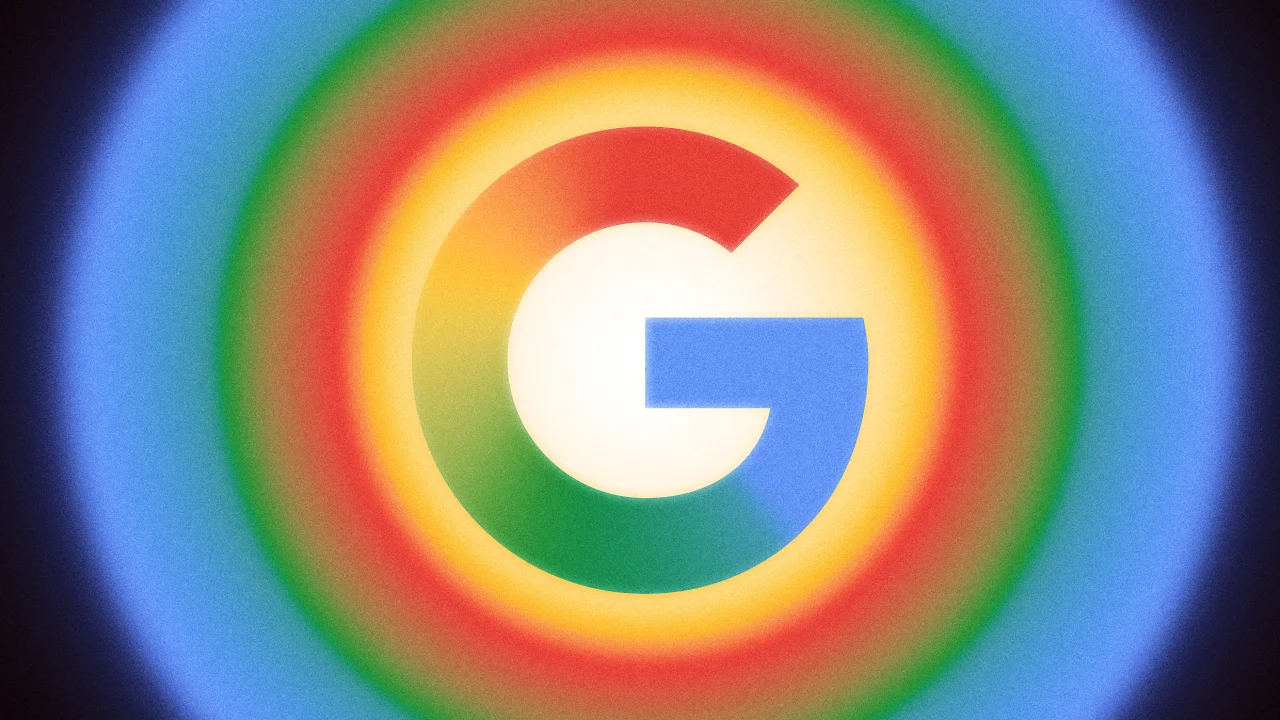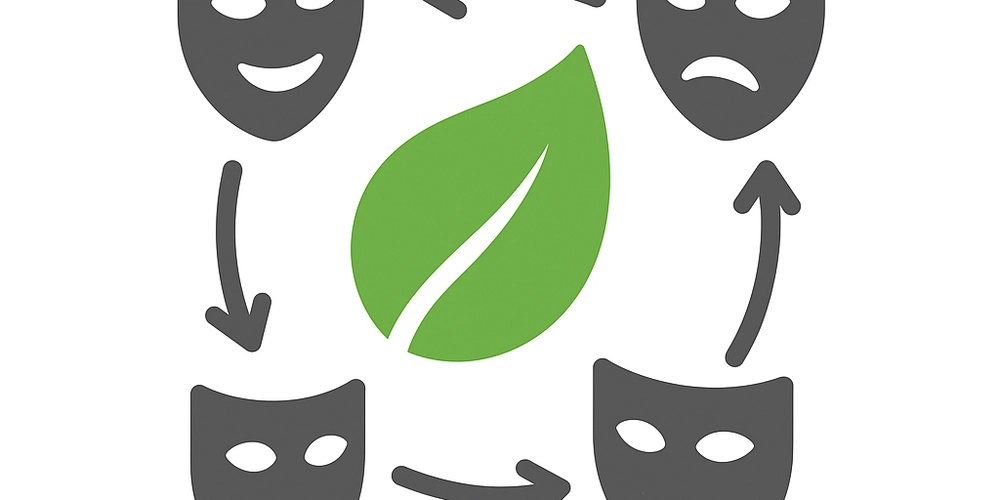Mastering A/B Testing for Data Science Interviews
Introduction A/B testing has become a cornerstone in data-driven decision-making across industries. It is not only a widely used method in product development, marketing, and UX optimization but also a frequently asked topic in data science interviews. Mastering A/B testing is essential if you're aspiring to land a job in data science. Recruiters and hiring managers assess your understanding of experimental design, statistical rigor, interpretation, and business impact through A/B testing questions. This article serves as a comprehensive guide for mastering A/B testing, specifically for data science interviews. From understanding its fundamental principles to learning how to solve real-world case studies, we aim to equip you with both theoretical knowledge and practical problem-solving skills. Whether you're a beginner or brushing up before an interview, this guide is tailored to help you succeed. What is A/B Testing? A/B testing, also known as split testing, is a controlled experiment comparing two versions (A and B) of a variable to determine which performs better. Typically used in web and product development, it involves splitting users into two groups: Group A (Control Group): Receives the current version. Group B (Treatment Group): Receives the new or modified version. The goal is to measure the impact of a specific change (like a new button color or a different recommendation algorithm) on key metrics like click-through rate (CTR), conversion rate, or revenue. Importance of A/B Testing in Data Science Interviews A/B testing questions are a favorite in data science interviews because they assess a broad range of skills: 1. Statistical reasoning 2. Experimental design 3. Data interpretation 4. Business insight 5. Communication skills These questions reflect real-life scenarios, making them ideal for evaluating how a candidate approaches problems holistically. Core Concepts You Must Know Before diving into interview problems, it is essential to understand some foundational concepts: Randomization: Ensures unbiased distribution of participants. Null Hypothesis (H0): Assumes no difference between A and B. Alternative Hypothesis (H1): Assumes a significant difference exists. P-value: Indicates the probability of obtaining the observed results under H0. Statistical Significance: Typically achieved when p-value < 0.05. Confidence Interval: A range within which the true difference likely falls. Sample Size Calculation: Determines how many samples are required to detect a meaningful effect. Type I and Type II Errors: False positives and false negatives. Understanding these concepts is crucial before attempting any A/B testing questions in interviews. Common Interview Questions on A/B Testing Let’s examine the types of A/B testing questions you might encounter: a. Conceptual Questions Explain the purpose of A/B testing. What assumptions must hold for the results to be valid? What are Type I and Type II errors? What do you mean by p-value and statistical significance? b. Design Questions How would you design an A/B test for a new feature on an e-commerce website? How would you ensure the test is not biased? What metrics would you track? c. Analytical Questions Given a dataset of A/B test results, determine if the results are statistically significant. Calculate the lift in conversion rates. How would you analyze time-to-conversion or other non-binary metrics? Case Study: A/B Test for Homepage Redesign Let’s say you're asked to evaluate the impact of a homepage redesign on user engagement. Problem Statement: The product team has rolled out a new homepage to 50% of the users. They want to determine if this has improved engagement. Step-by-Step Approach: Define the Metric: Engagement rate (e.g., % of users clicking at least one link). Set Hypotheses: H0: No difference in engagement. H1: New homepage increases engagement. Random Assignment: Users are randomly shown either version. Run the Test: Collect data over a sufficient time frame. Analyze the Results: Use a t-test or a z-test to compare proportions. Compute p-value and confidence intervals. Interpret and Conclude: If p-value < 0.05, reject H0. Provide actionable insights. Tools and Platforms for Practicing A/B Testing SQL: Many A/B tests require data extraction from databases. Python & R: Libraries like SciPy, StatsModels, and Pandas are widely used. Online Platforms: LeetCode (Data Science section) Interview Query DataCamp Mode Analytics (SQL tutorials) Tips for Acing A/B Testing Interviews Clarify Requirements: Don’t jump into answers. Clarify goals and constraints. Think Aloud: Interviewers value your thought process. Use Visuals: Sketch diagrams or charts if possible. Balance Rigor with Business Insight: Don’t get lost in statistics; relate results to business goals. Practice Mock Interviews: Rehearse with peers or mentors. Red Flags to Avoid
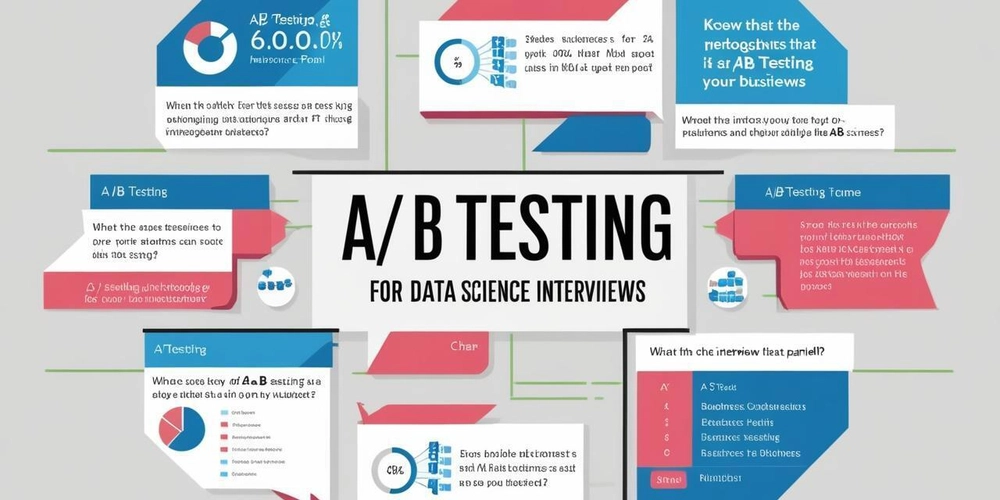
Introduction
A/B testing has become a cornerstone in data-driven decision-making across industries. It is not only a widely used method in product development, marketing, and UX optimization but also a frequently asked topic in data science interviews. Mastering A/B testing is essential if you're aspiring to land a job in data science. Recruiters and hiring managers assess your understanding of experimental design, statistical rigor, interpretation, and business impact through A/B testing questions.
This article serves as a comprehensive guide for mastering A/B testing, specifically for data science interviews. From understanding its fundamental principles to learning how to solve real-world case studies, we aim to equip you with both theoretical knowledge and practical problem-solving skills. Whether you're a beginner or brushing up before an interview, this guide is tailored to help you succeed.
What is A/B Testing?
A/B testing, also known as split testing, is a controlled experiment comparing two versions (A and B) of a variable to determine which performs better. Typically used in web and product development, it involves splitting users into two groups:
Group A (Control Group): Receives the current version.
Group B (Treatment Group): Receives the new or modified version.
The goal is to measure the impact of a specific change (like a new button color or a different recommendation algorithm) on key metrics like click-through rate (CTR), conversion rate, or revenue.
Importance of A/B Testing in Data Science Interviews
A/B testing questions are a favorite in data science interviews because they assess a broad range of skills:
- 1. Statistical reasoning
- 2. Experimental design
- 3. Data interpretation
- 4. Business insight
- 5. Communication skills
These questions reflect real-life scenarios, making them ideal for evaluating how a candidate approaches problems holistically.
Core Concepts You Must Know
Before diving into interview problems, it is essential to understand some foundational concepts:
- Randomization: Ensures unbiased distribution of participants.
- Null Hypothesis (H0): Assumes no difference between A and B.
- Alternative Hypothesis (H1): Assumes a significant difference exists.
- P-value: Indicates the probability of obtaining the observed results under H0.
- Statistical Significance: Typically achieved when p-value < 0.05.
- Confidence Interval: A range within which the true difference likely falls.
- Sample Size Calculation: Determines how many samples are required to detect a meaningful effect.
- Type I and Type II Errors: False positives and false negatives. Understanding these concepts is crucial before attempting any A/B testing questions in interviews.
Common Interview Questions on A/B Testing
Let’s examine the types of A/B testing questions you might encounter:
a. Conceptual Questions
Explain the purpose of A/B testing.
- What assumptions must hold for the results to be valid?
- What are Type I and Type II errors?
- What do you mean by p-value and statistical significance?
b. Design Questions
- How would you design an A/B test for a new feature on an e-commerce website?
- How would you ensure the test is not biased?
- What metrics would you track?
c. Analytical Questions
- Given a dataset of A/B test results, determine if the results are statistically significant.
- Calculate the lift in conversion rates.
- How would you analyze time-to-conversion or other non-binary metrics?
Case Study: A/B Test for Homepage Redesign
Let’s say you're asked to evaluate the impact of a homepage redesign on user engagement.
Problem Statement: The product team has rolled out a new homepage to 50% of the users. They want to determine if this has improved engagement.
Step-by-Step Approach:
Define the Metric: Engagement rate (e.g., % of users clicking at least one link).
Set Hypotheses:
- H0: No difference in engagement.
- H1: New homepage increases engagement.
- Random Assignment: Users are randomly shown either version.
- Run the Test: Collect data over a sufficient time frame.
Analyze the Results:
- Use a t-test or a z-test to compare proportions.
- Compute p-value and confidence intervals.
- Interpret and Conclude:
- If p-value < 0.05, reject H0.
- Provide actionable insights.
Tools and Platforms for Practicing A/B Testing
- SQL: Many A/B tests require data extraction from databases.
- Python & R: Libraries like SciPy, StatsModels, and Pandas are widely used.
Online Platforms:
- LeetCode (Data Science section)
- Interview Query
- DataCamp
- Mode Analytics (SQL tutorials)
Tips for Acing A/B Testing Interviews
Clarify Requirements: Don’t jump into answers. Clarify goals and constraints.
- Think Aloud: Interviewers value your thought process.
- Use Visuals: Sketch diagrams or charts if possible.
- Balance Rigor with Business Insight: Don’t get lost in statistics; relate results to business goals.
- Practice Mock Interviews: Rehearse with peers or mentors.
Red Flags to Avoid
- Ignoring sample size calculation.
- Misinterpreting p-values.
- Confusing correlation with causation.
- Not considering external variables (e.g., seasonality, promotions).
- Over-relying on tools without understanding the math.
Real-World A/B Testing Applications
- E-commerce: Optimizing checkout flows.
- Social Media: Testing content ranking algorithms.
- EdTech: Comparing course completion rates with different UI layouts.
- FinTech: Testing alert systems or onboarding steps.
These real-world examples are often referenced in interviews to assess practical relevance.
Where to Learn More
Books:
"Trustworthy Online Controlled Experiments" by Ron Kohavi
"AB Testing: The Most Powerful Way to Turn Clicks Into Customers" by Dan Siroker
Consider enrolling in a data science training course in Noida, Delhi, Lucknow, Meerut and more cities in India for hands-on A/B testing projects and interview preparation.
Conclusion
A/B testing is a vital skill for any data scientist and a hot topic in interviews. By mastering core concepts, practicing real-world case studies, and preparing strategically, you can confidently tackle A/B testing questions and stand out in data science interviews. Whether you’re just getting started or leveling up, a deep understanding of A/B testing can greatly enhance your career prospects in data science.
Remember, tools and concepts matter, but so does your ability to communicate findings clearly and tie them back to business outcomes. Combine technical knowledge with strategic thinking, and you’ll be well on your way to success.
















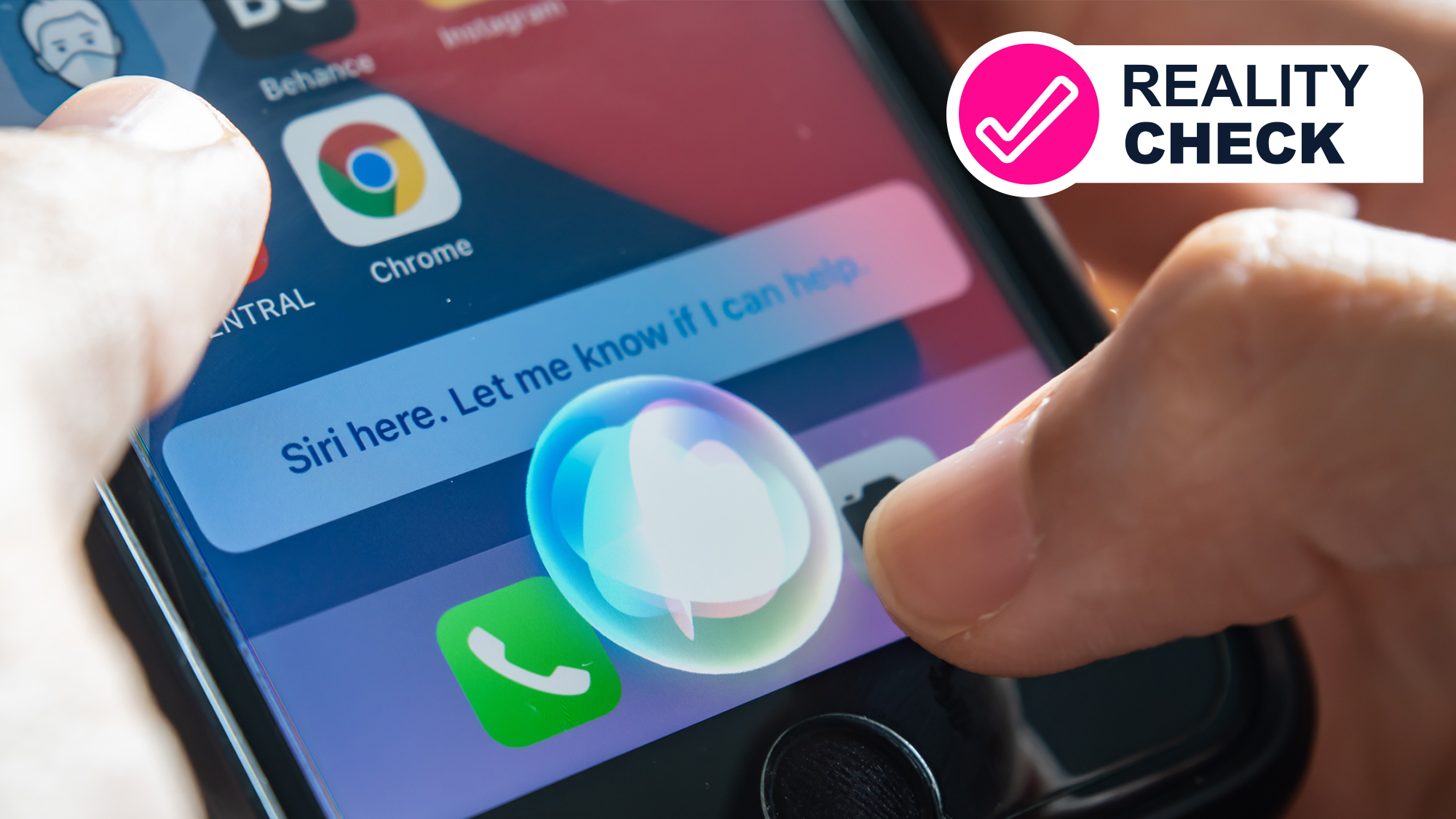
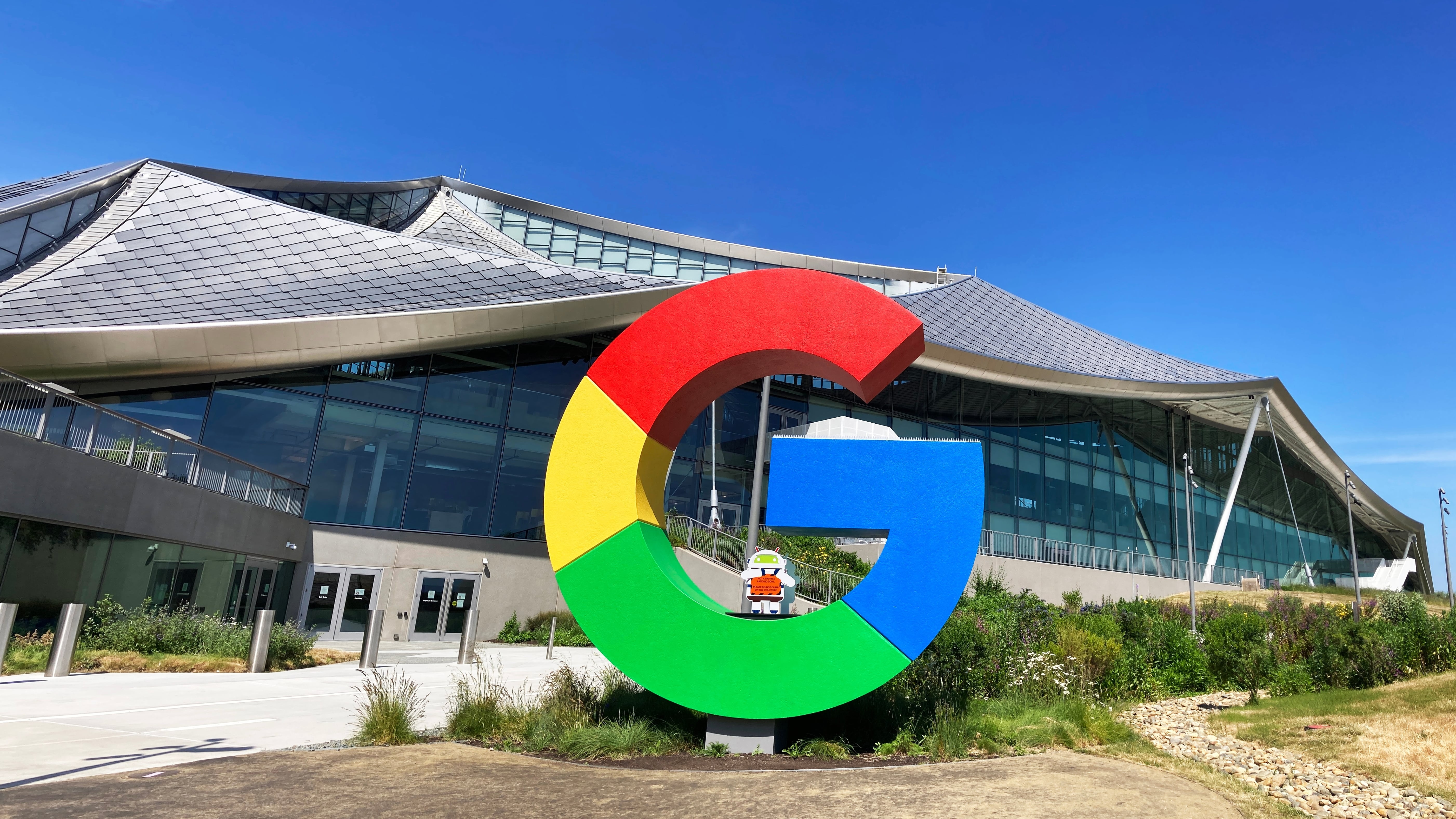

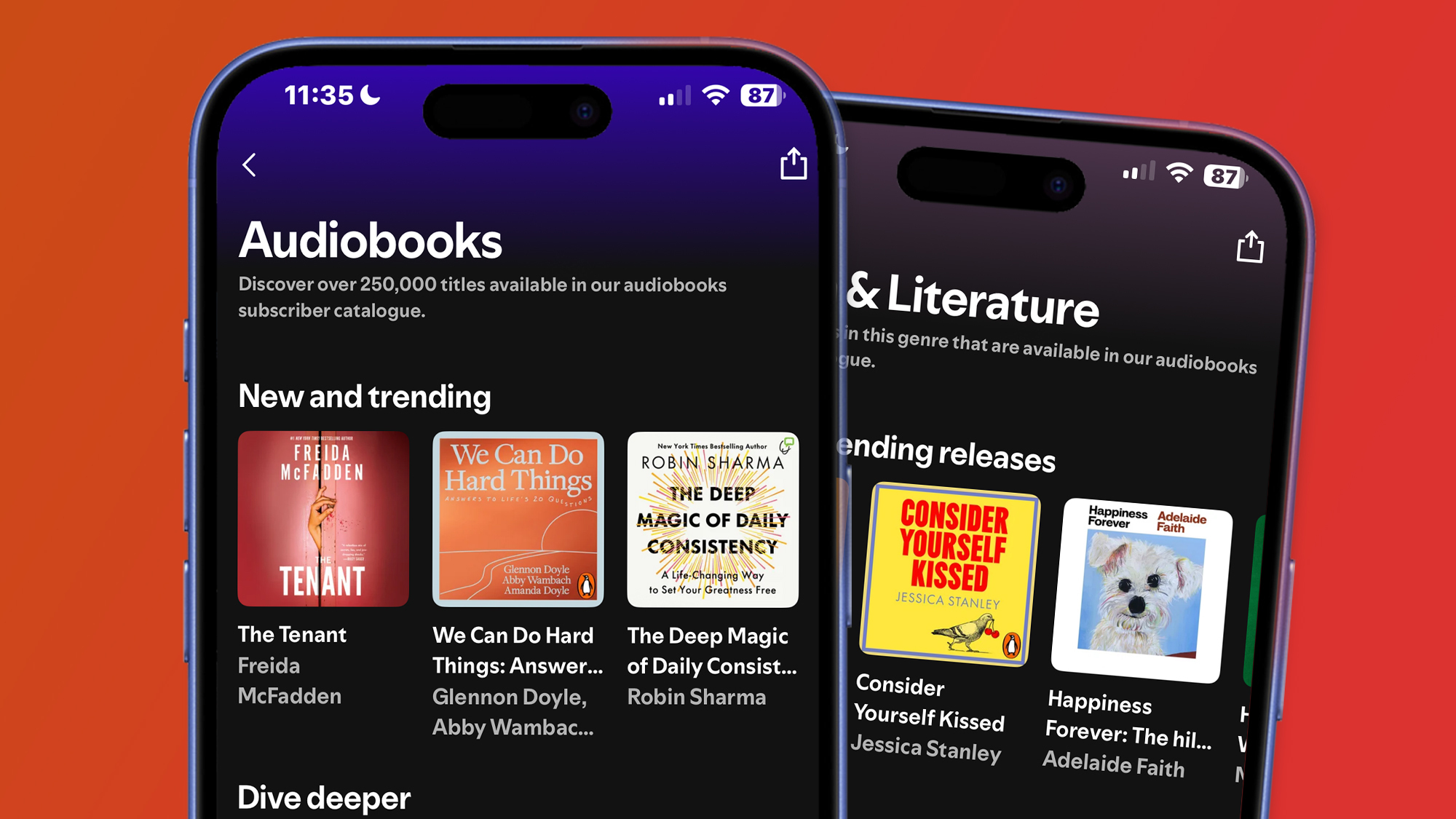




























































































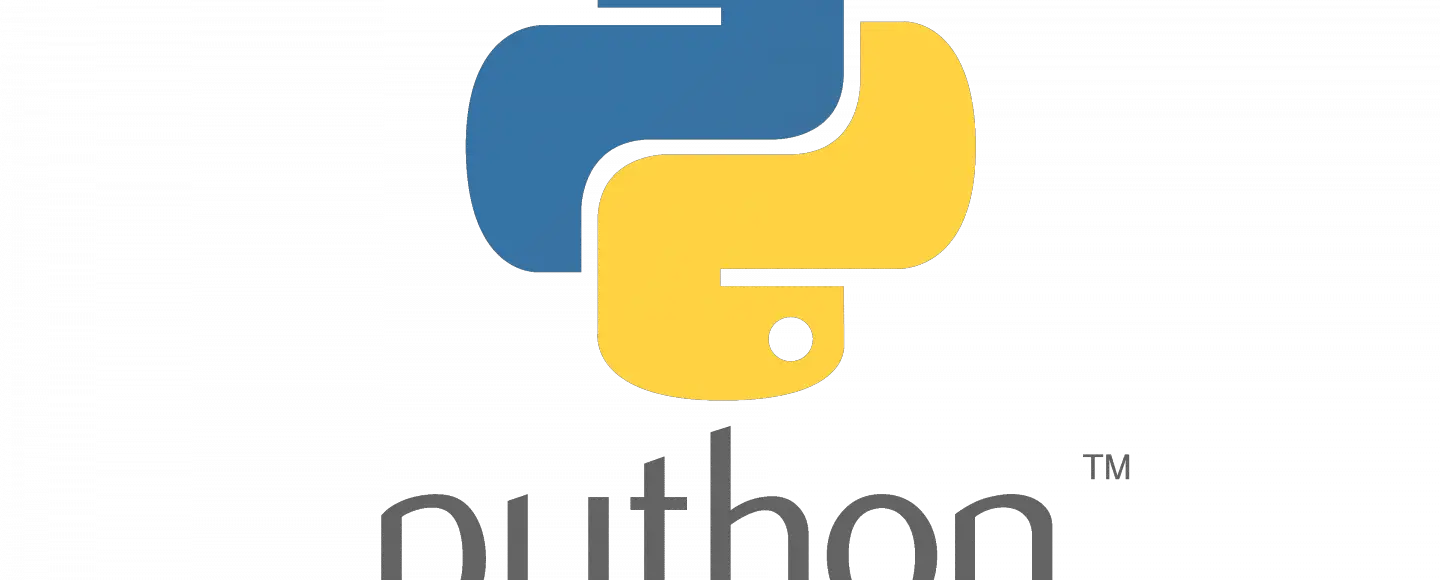





















































![[The AI Show Episode 145]: OpenAI Releases o3 and o4-mini, AI Is Causing “Quiet Layoffs,” Executive Order on Youth AI Education & GPT-4o’s Controversial Update](https://www.marketingaiinstitute.com/hubfs/ep%20145%20cover.png)













































































































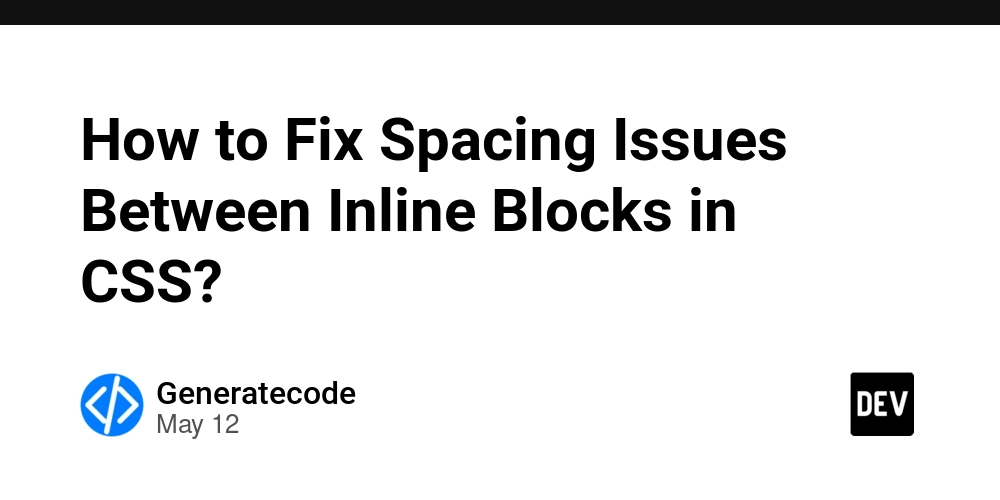
















![Ditching a Microsoft Job to Enter Startup Purgatory with Lonewolf Engineer Sam Crombie [Podcast #171]](https://cdn.hashnode.com/res/hashnode/image/upload/v1746753508177/0cd57f66-fdb0-4972-b285-1443a7db39fc.png?#)



















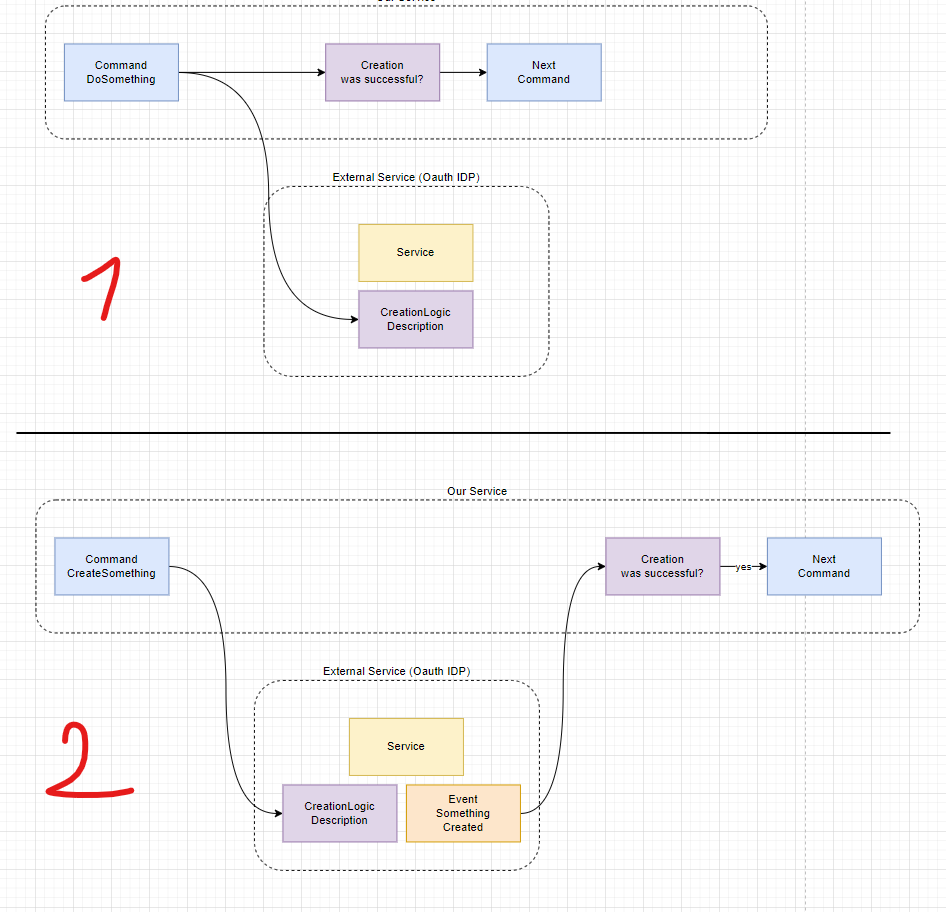







































































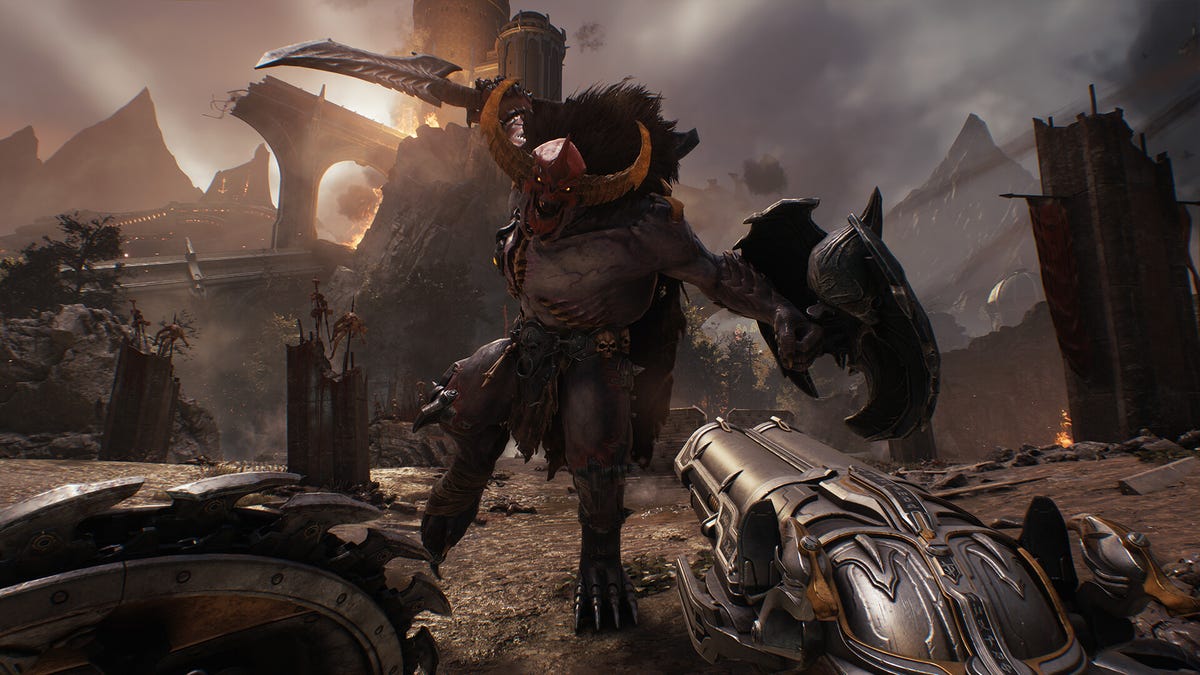






























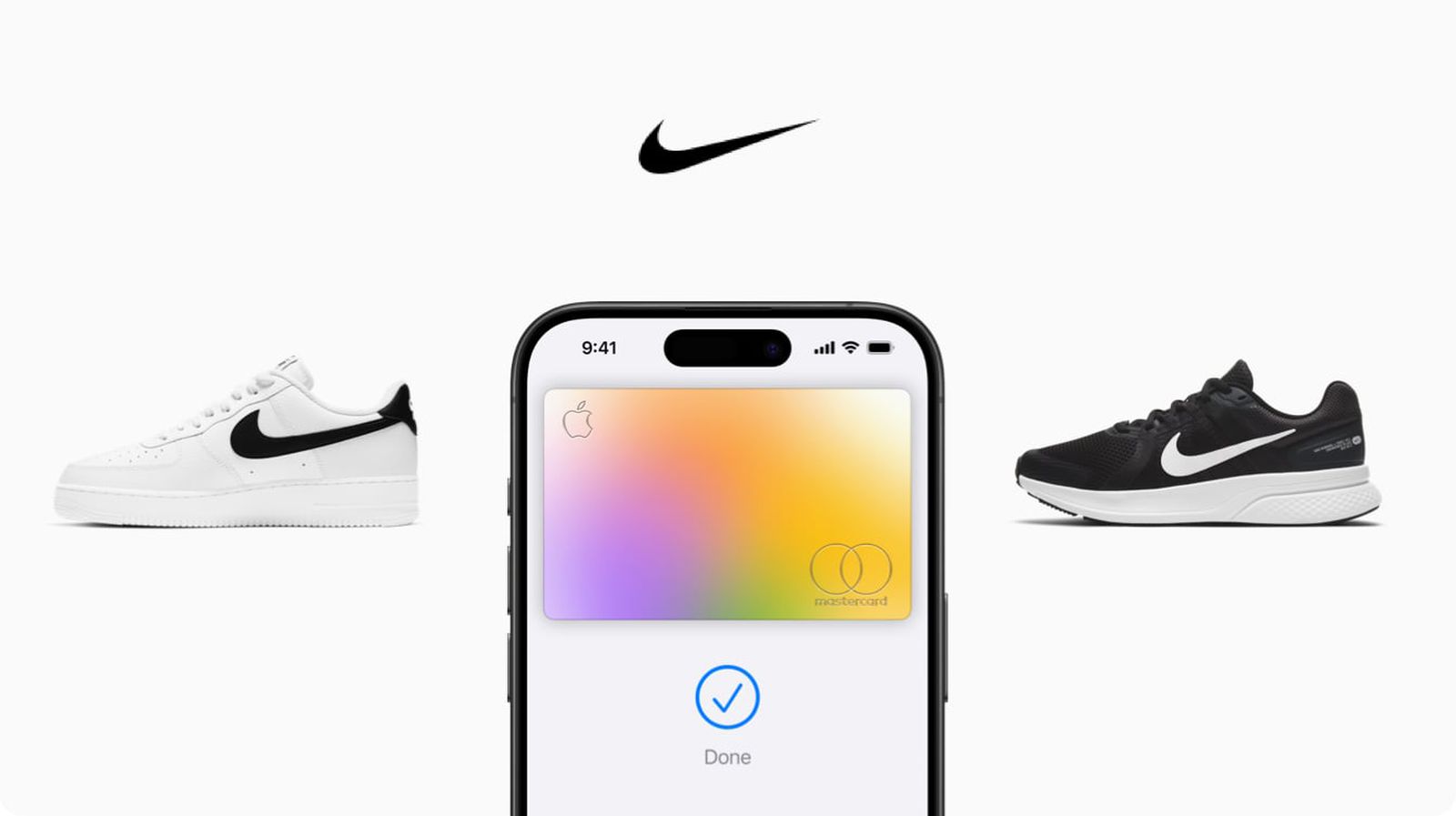










_Piotr_Adamowicz_Alamy.jpg?width=1280&auto=webp&quality=80&disable=upscale#)


























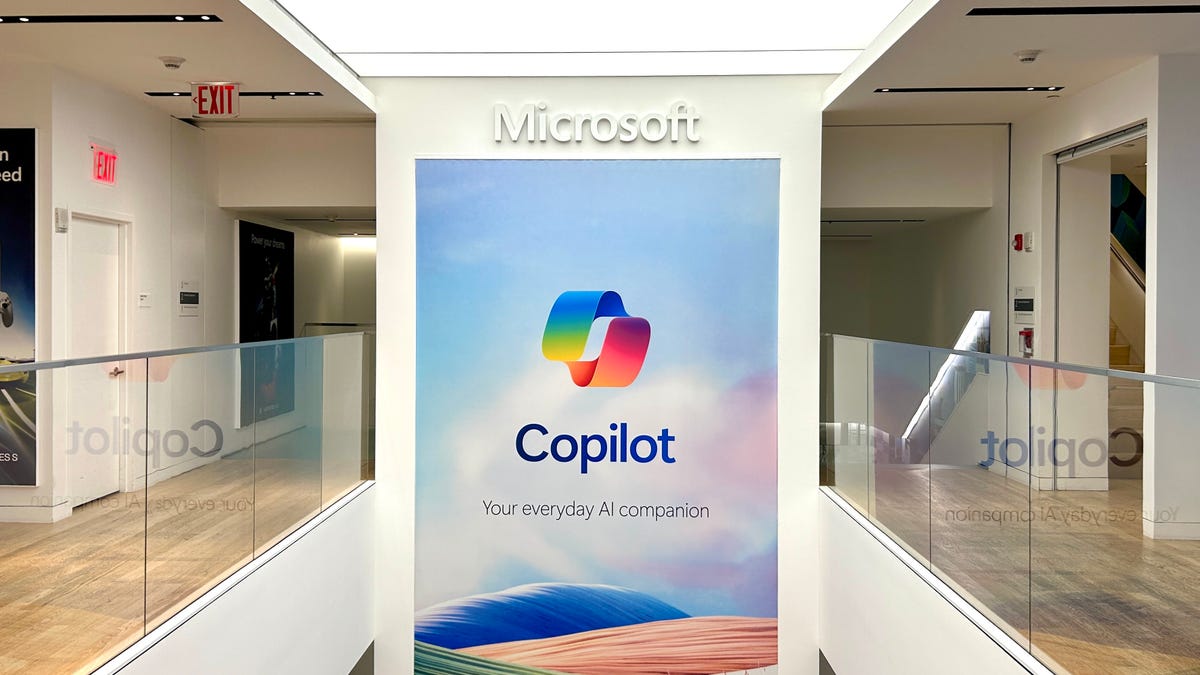











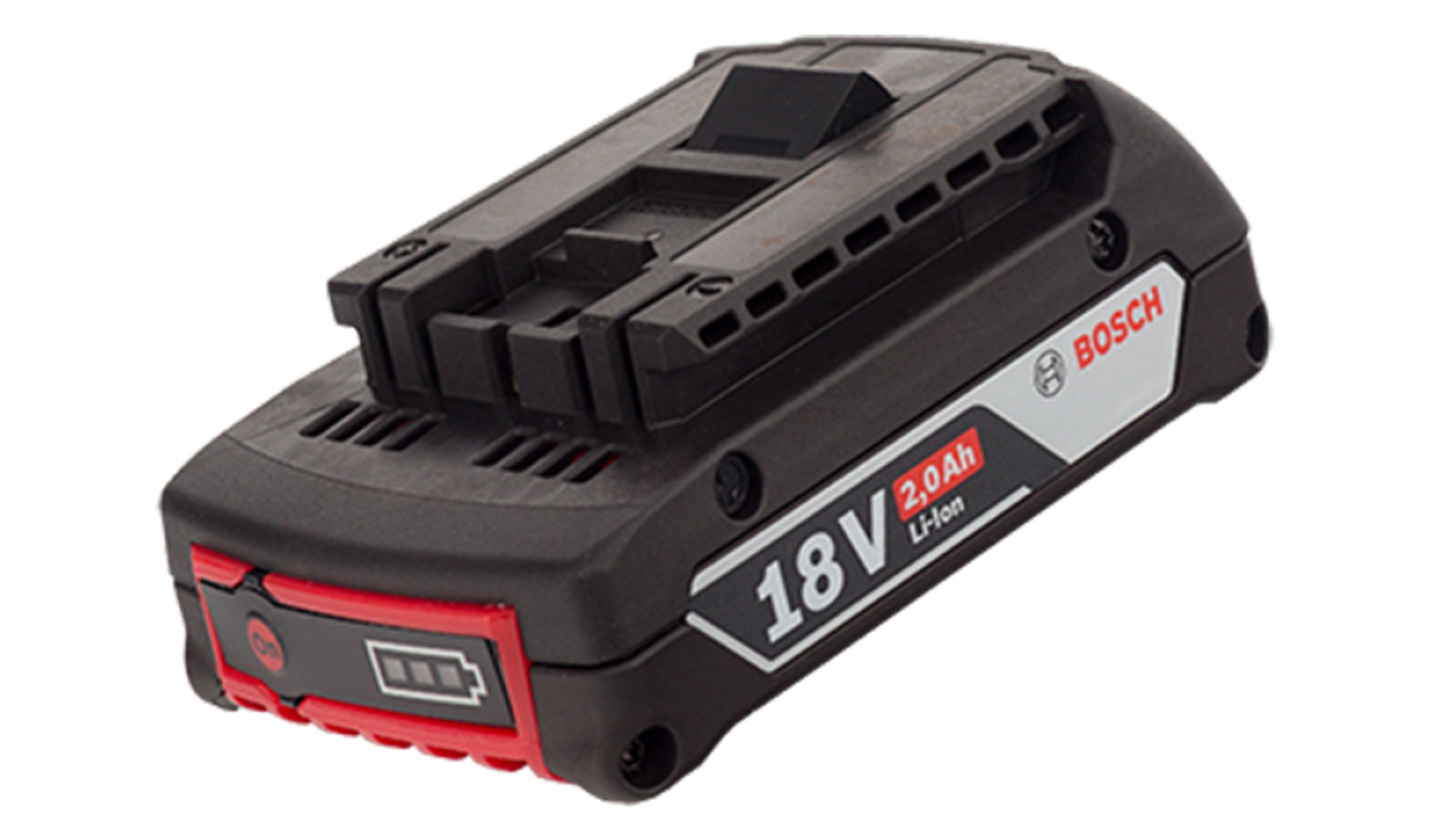
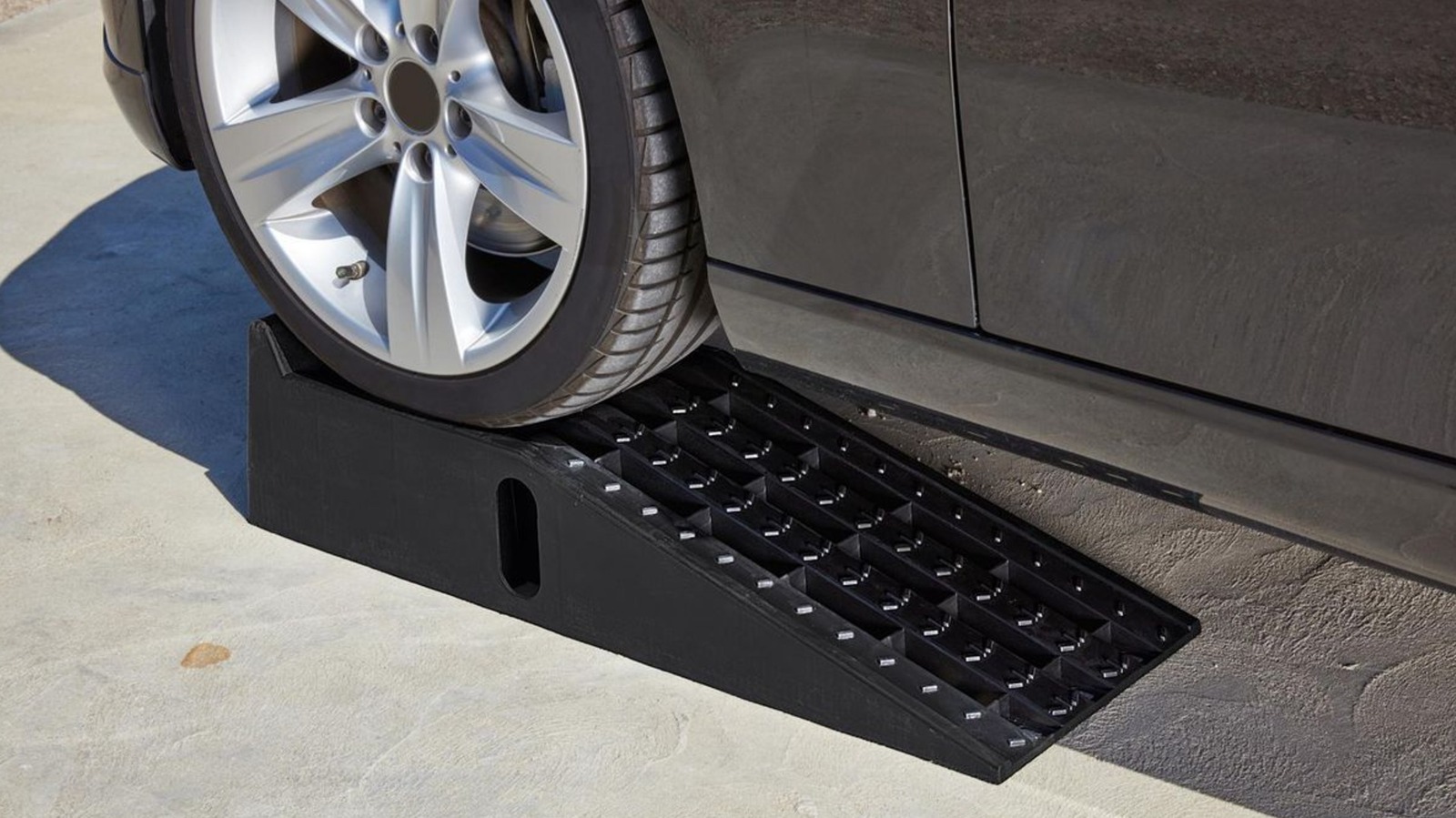


































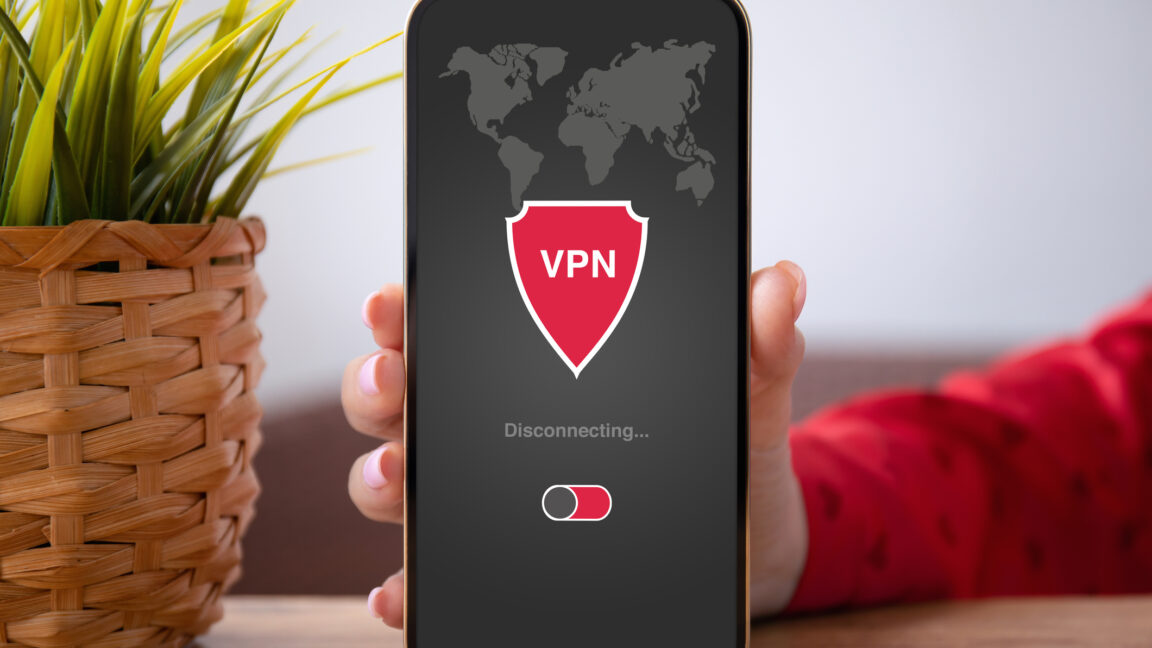



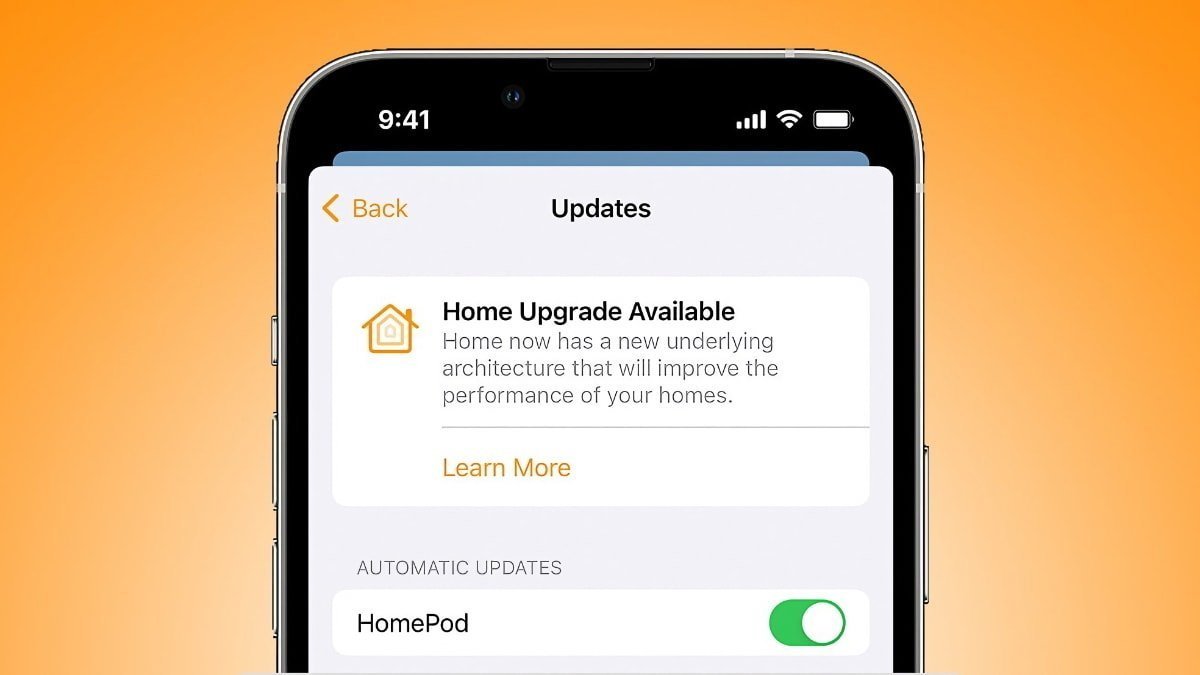
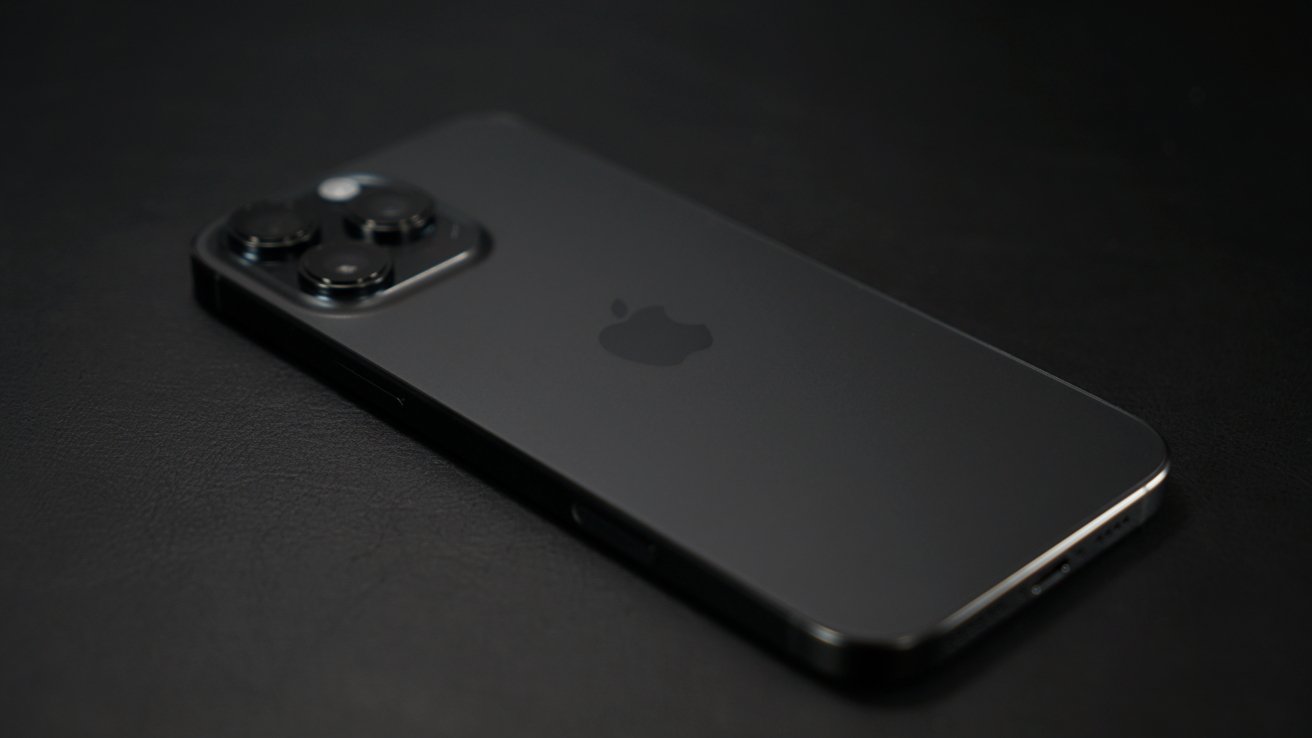
-xl-xl-xl.jpg)
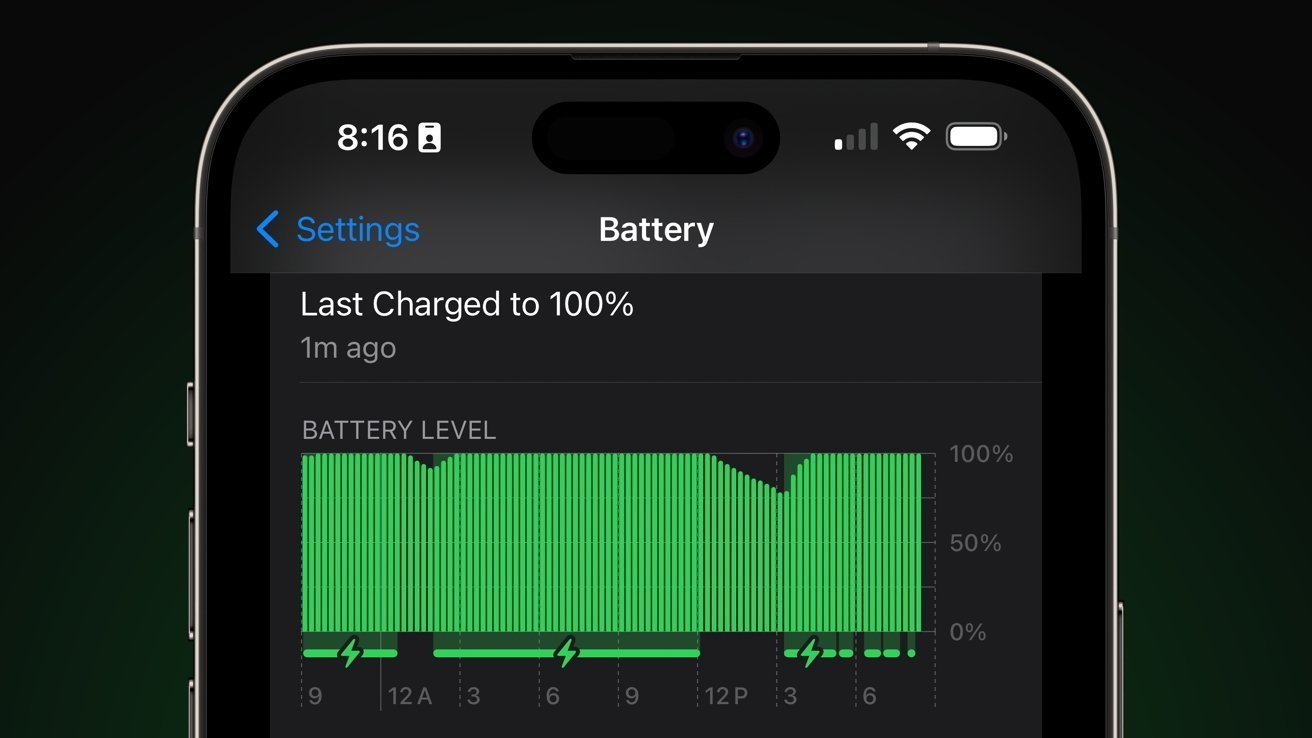
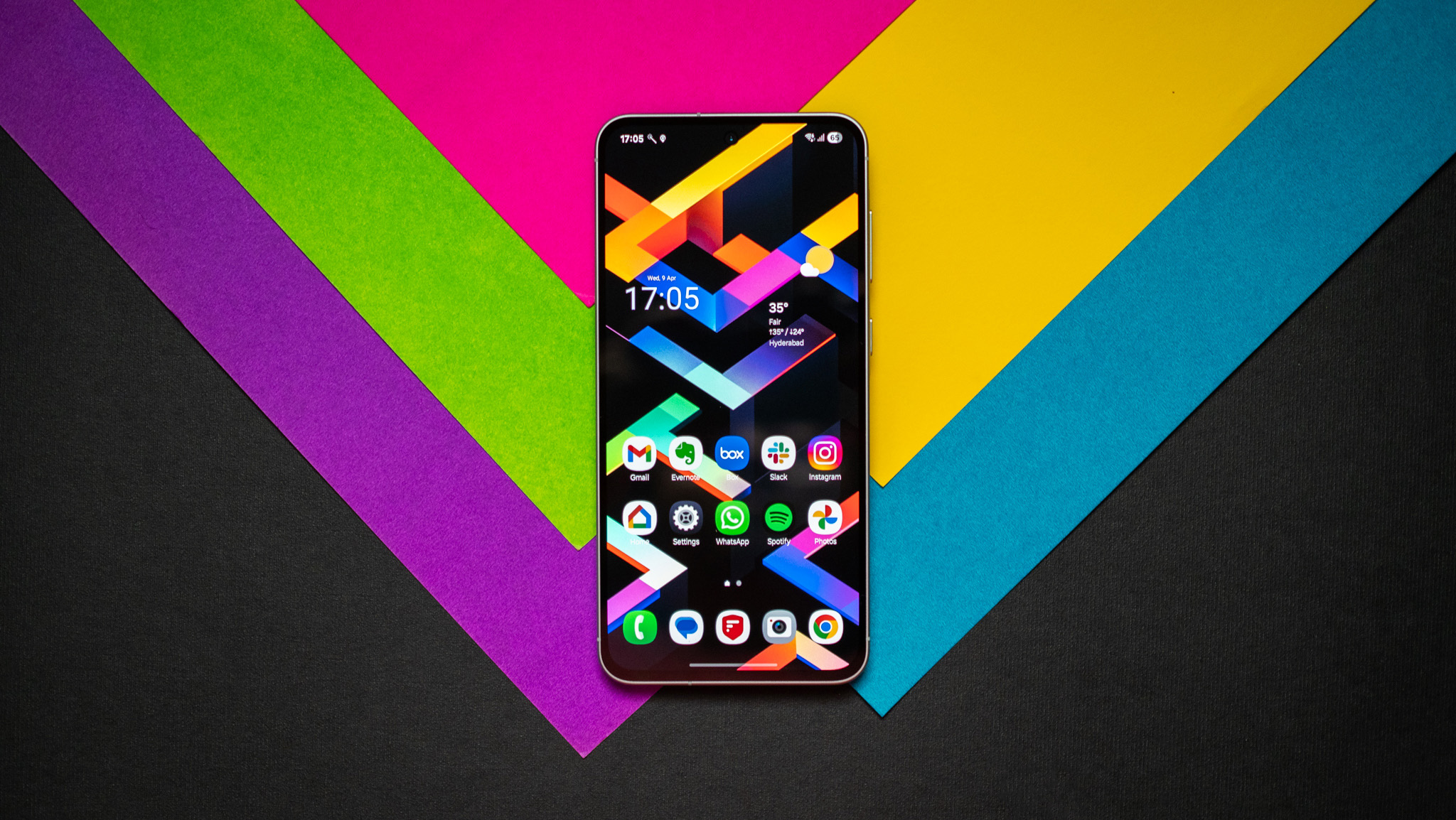

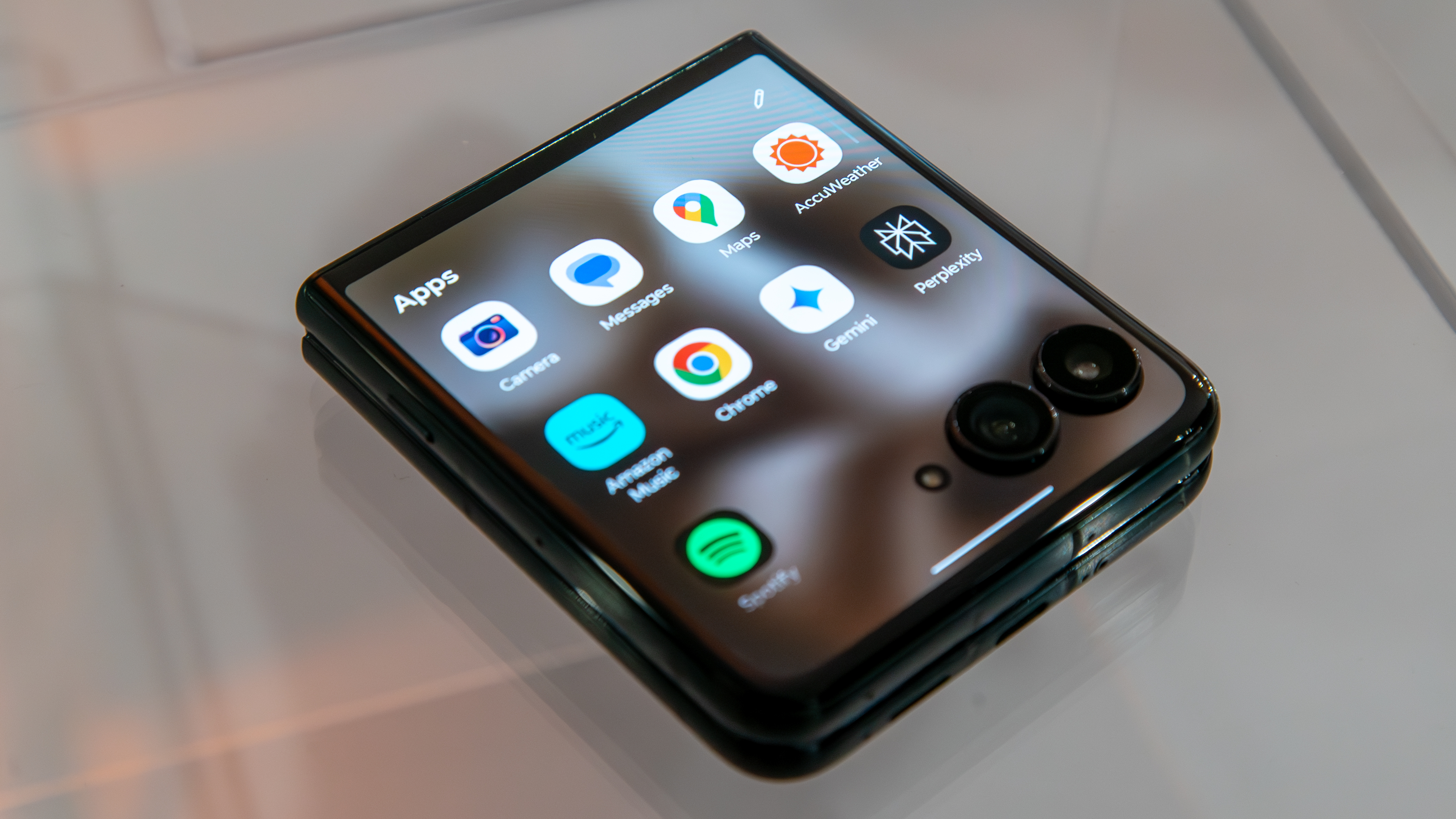
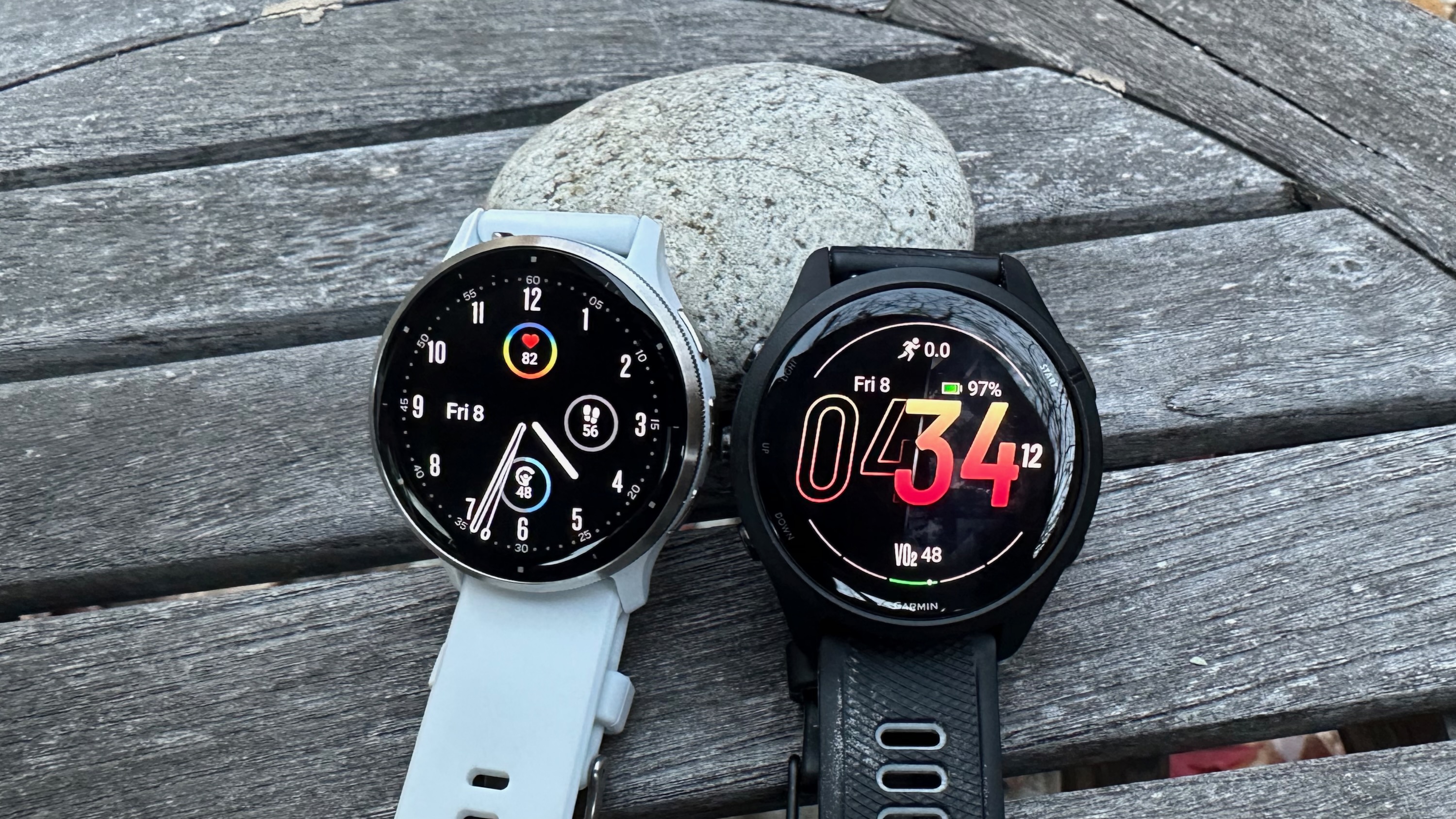

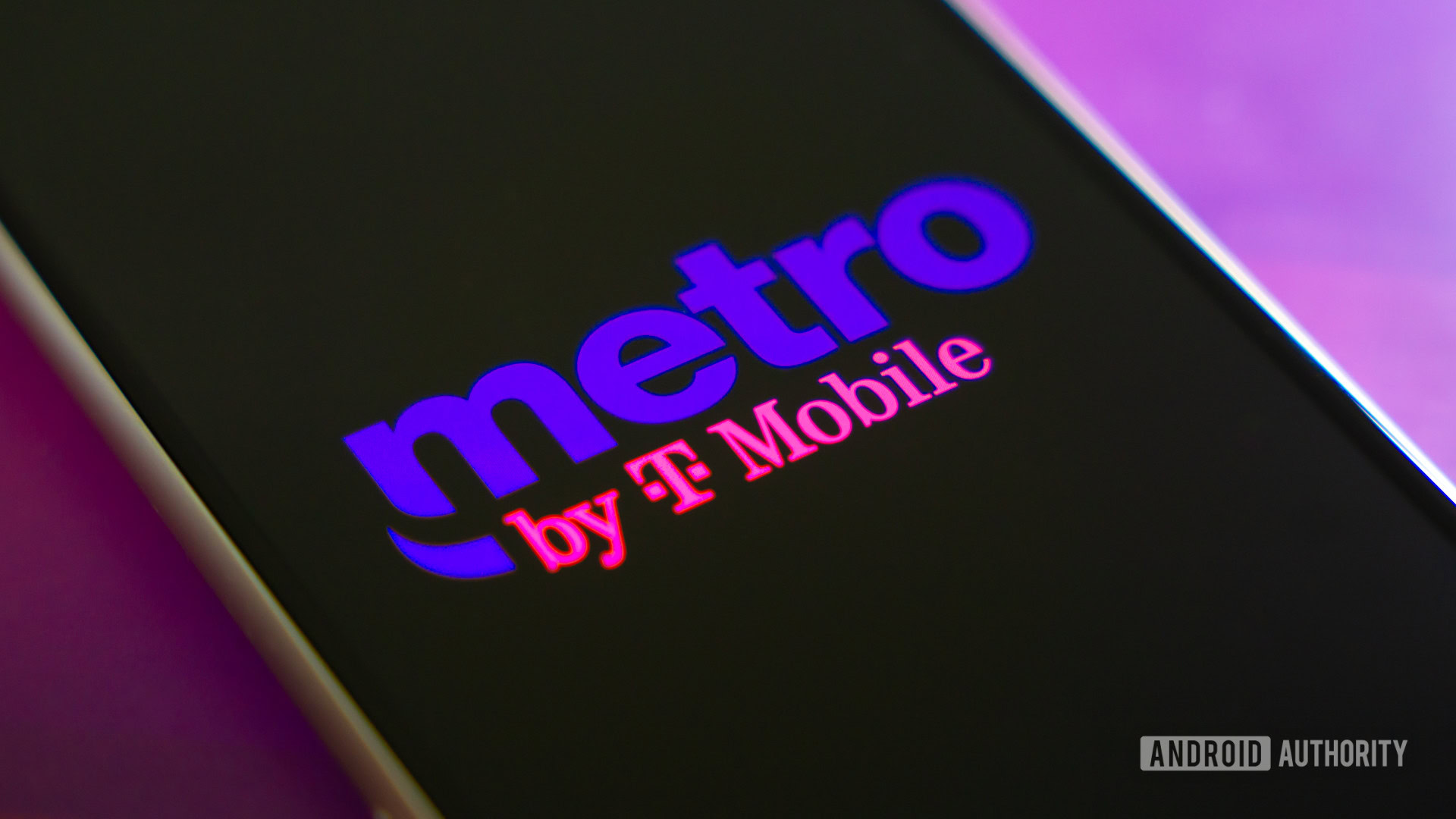






![Walmart’s $30 Google TV streamer is now in stores and it supports USB-C hubs [Video]](https://i0.wp.com/9to5google.com/wp-content/uploads/sites/4/2025/05/onn-4k-plus-store-reddit.jpg?resize=1200%2C628&quality=82&strip=all&ssl=1)










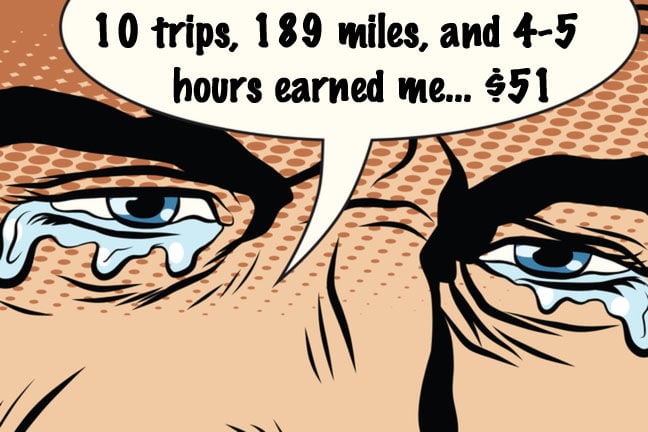


![Apple to Launch AI-Powered Battery Saver Mode in iOS 19 [Report]](https://www.iclarified.com/images/news/97309/97309/97309-1280.jpg)

![Apple Officially Releases macOS Sequoia 15.5 [Download]](https://www.iclarified.com/images/news/97308/97308/97308-640.jpg)
